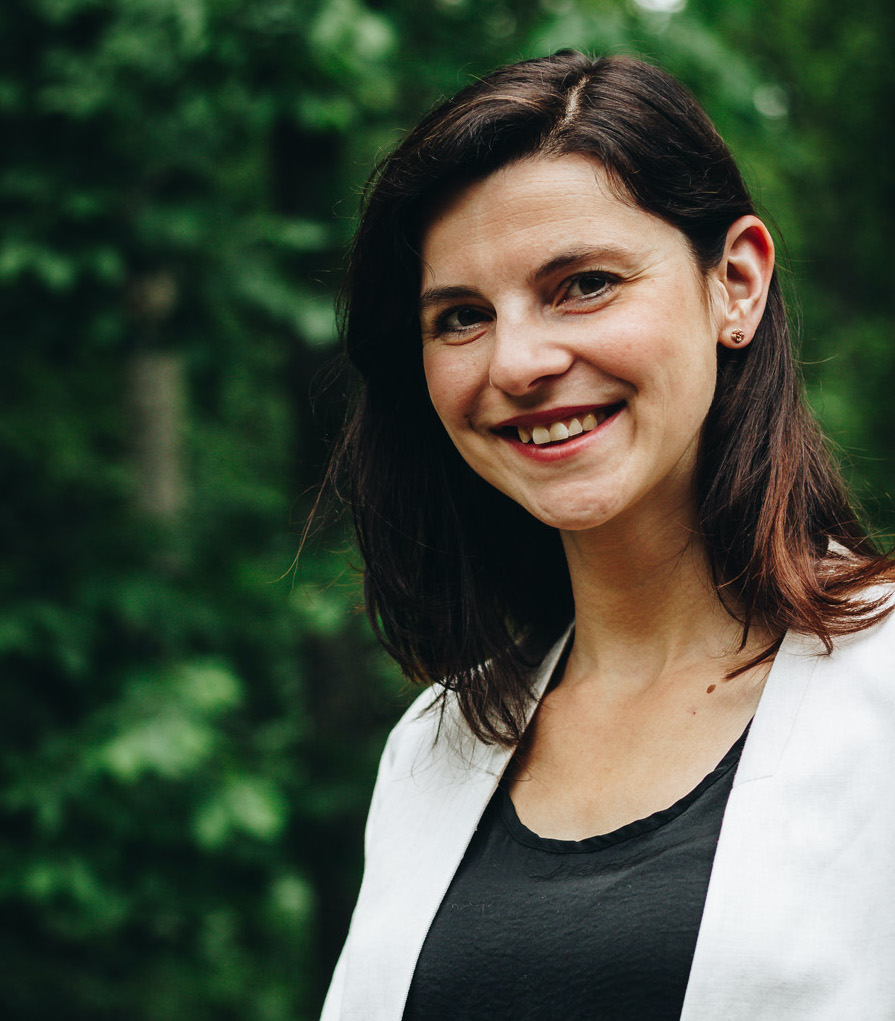Professor Sarah Finkeldei wins two DOE grants

Scientists know little about that waste's long-term stability when buried underground — but Finkeldei's work stands to change that.
Professor Sarah Finkeldei of the UCI Department of Chemistry just won two grants from the Department of Energy’s Nuclear Energy University Program. One grant will provide $800,000 in funding over the next three years, and will give Finkeldei’s lab, alongside collaborators at Oak Ridge National Laboratory and Los Alamos National Laboratory, resources to investigate the long-term stability of nuclear waste stored in a deep geological repository (DGR). “Currently, there is no clear understanding which processes control the redox state in the nuclear waste package in case of technical barrier failure in a DGR,” said Finkeldei. “By providing a macroscopic and microscopic understanding of uranium dioxide redox chemistry via high-temperature experiments and state-of-the-art microscopic analyses in our new radiochemistry laboratories at UCI, the project will advance the current state-of-the-art for nuclear waste storage and, thus, support the DOE mission of investigating and evaluating the safety of a DGR.”
The other DOE grant is closer to home: it concerns the TRIGA nuclear reactor operated by the UCI Department of Chemistry. The grant, totaling $75,000 over one year, will help Finkeldei and John Keffer — the TRIGA reactor facility manager — upgrade the 50-year-old reactor so it can help train the next generation of UCI-grown nuclear scientists. The upgrades afforded by the grant will include an increase in the reliability of the reactor’s instrumentation and control systems, as well as improvements to radiation safety. “The modernization of our reactor will enable us to simultaneously log data with much higher accuracy, opening up new research opportunities for our students and external users,” Finkeldei explained. “Being the only educational institution in Southern California with such a facility, we are committed to providing the best environment to students who are interested in nuclear technology.”
